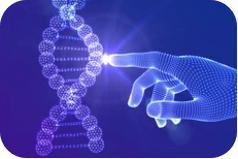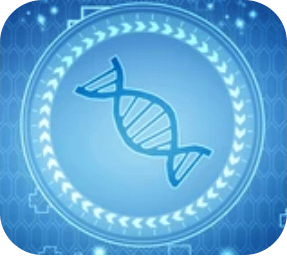
Fluorescence in situ hybridization (FISH) is a large molecule recognition technology based on the complementary nature of DNA or DNA/RNA double strands. The DNA strand or DNA homologous fragment coupled with the fluorophore can be used as a probe to hybridize with the complementary sequence in the tested cell and tissue, and then observe through a fluorescence microscope or imaging system. This technology was originally developed as a physical mapping tool for mapping genes within chromosomes. Its high analytical resolution, high sensitivity and specificity at the single gene level make it immediately applicable to genetic diagnosis of common constitutional aneuploidy, microdeletion/microduplication syndrome, and subtelomere rearrangement. Several key cores in the general FISH detection process are chromosome preparation, probe quality, microscope equipment, and data analysis.
Pretreatment of Different Types of Samples
FISH hybridization can be used for the visual analysis of the total interesting fragments of samples from microorganisms, tissues, and cells. For cultured cells and tissue slice samples, the sample pre-processing steps required are relatively simple, and the chromosome preparation process can be directly transferred. However, biological samples from blood and urine often have certain complexity, requiring special treatment to separate and enrich cells or microorganisms, as well as substances in the samples that affect the collection of microscope images need to be eliminated. Our sample pre-processing link is usually included under a specific service item, but we can provide technical support for customer sampling to minimize unnecessary "pollution" in the sampling process. The purpose of this service is to ensure the validity of samples sent by customers.
Probe Design Services

Probes are the most critical link in FISH analysis. Our scientific research services usually include an available personalized custom probe design step, which is to deal with the dilemma of no available commercial probes. In addition, we have yet to provide customers with independent probe customization services, including the entire process from sequence design to finished product delivery. For specific information, please check our FISH probe customization service.
Microscope service

Multicolor fluorescent in situ hybridization (FISH), in its simplest form, can be used to identify as many labeling features like the different fluorophores used in hybridization. By using not only a single color, but also a combination of colors, a digital imaging microscope can be used to simultaneously detect more marker features in a single cell. The analysis of multicolor FISH images requires the use of an excitation filter wheel with multi-pass dichroic and barrier filters. The development of filter technology has corrected some of the problems encountered due to optical misalignment caused by the mechanical switching of a single filter. However, for more than three colors, a single pass filter must still be used. There is no commercial FISH system on the market, and researchers must assemble a custom system, including reagents, probes, microscopes, imaging hardware, software, and data analysis and reporting functions. We have formed a FISH graphic analysis system solution with internal characteristics. It can cope with the difficulties that may exist in multicolor FISH analysis.
Creative Bioarray provides a variety of FISH-related technical support services to help customers understand our FISH platform. You will benefit from our team of scientists, technical expertise, and complete equipment platform. We are confident to provide you with a cost-effective and time-effective FISH analysis solution. If you are interested in our FISH technical services, please contact us for cooperation. We look forward to cooperating with you in the near future.








